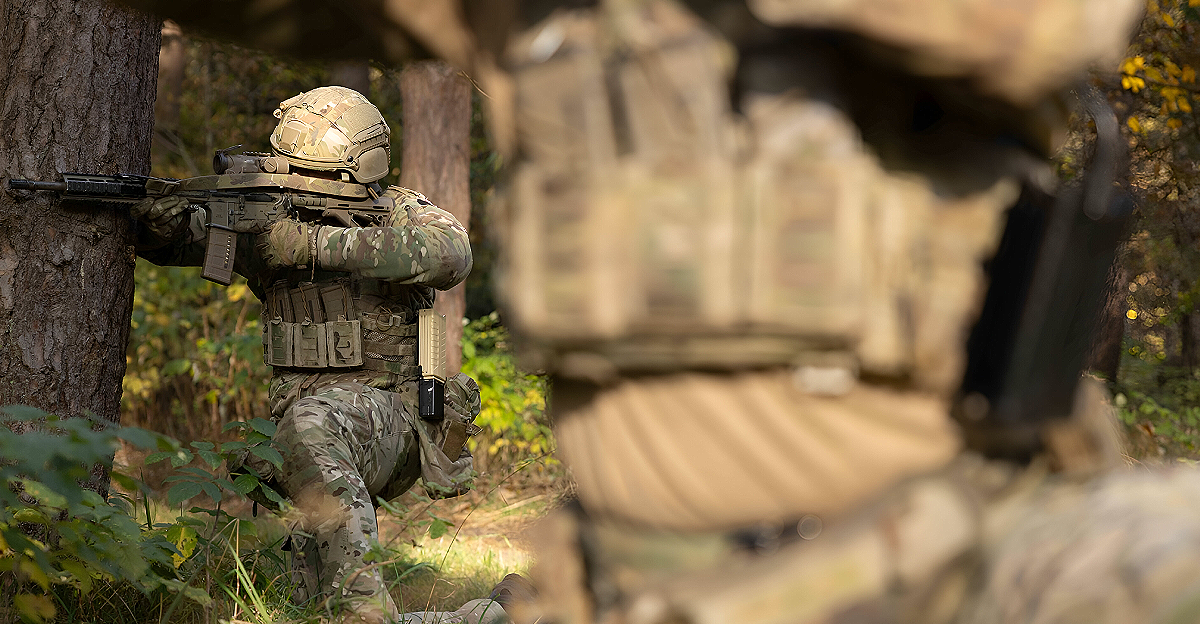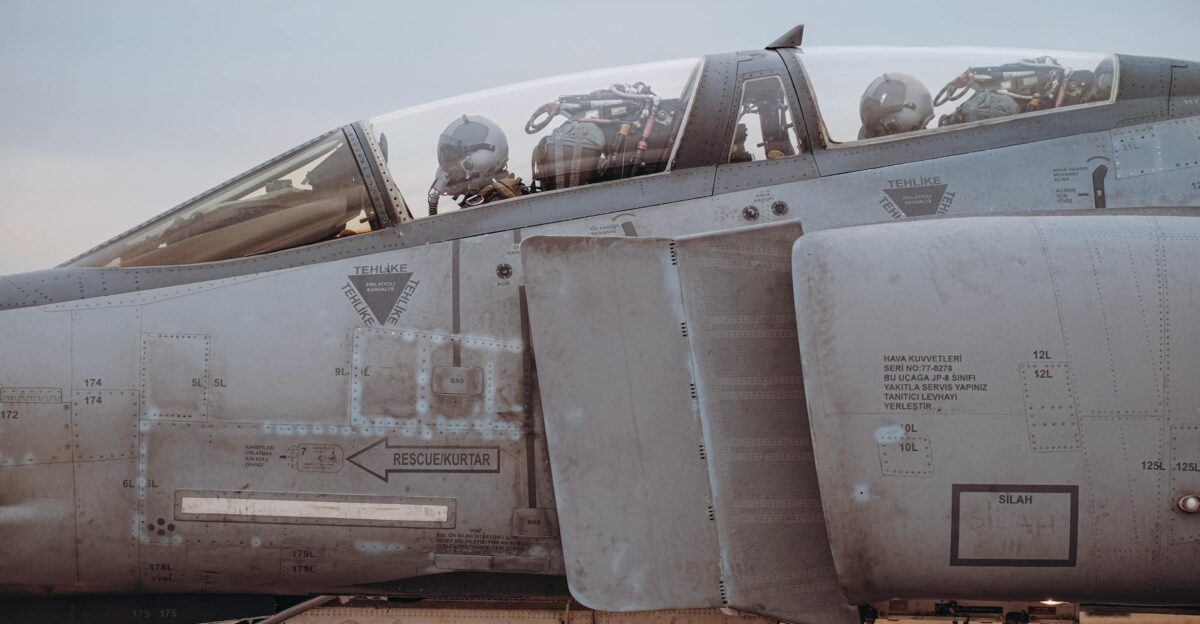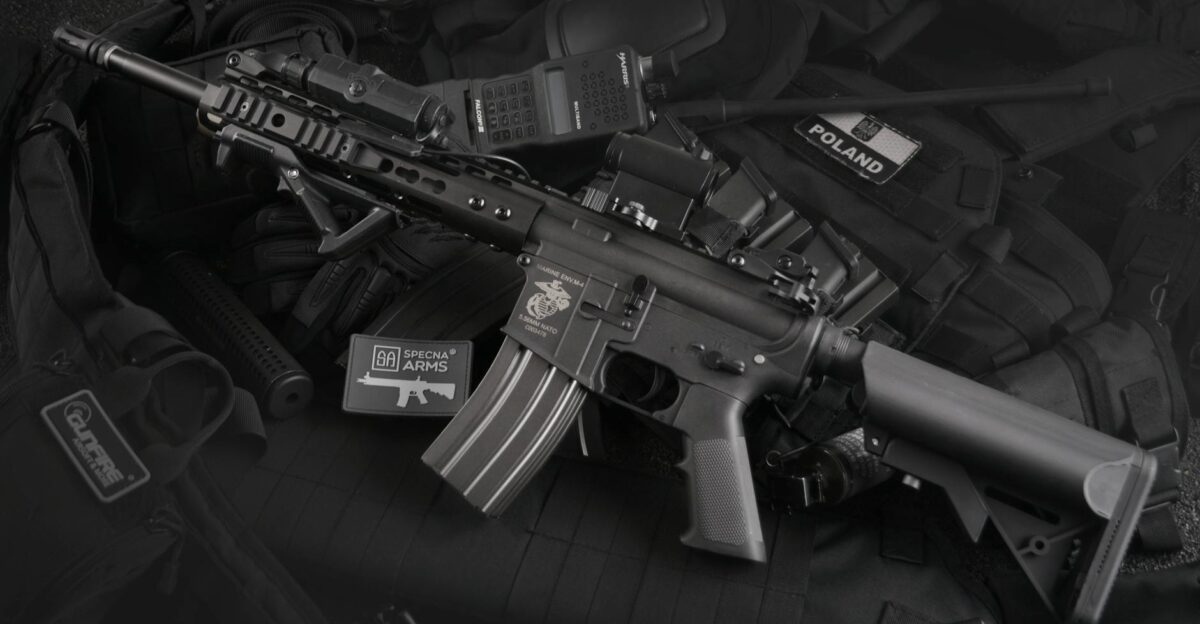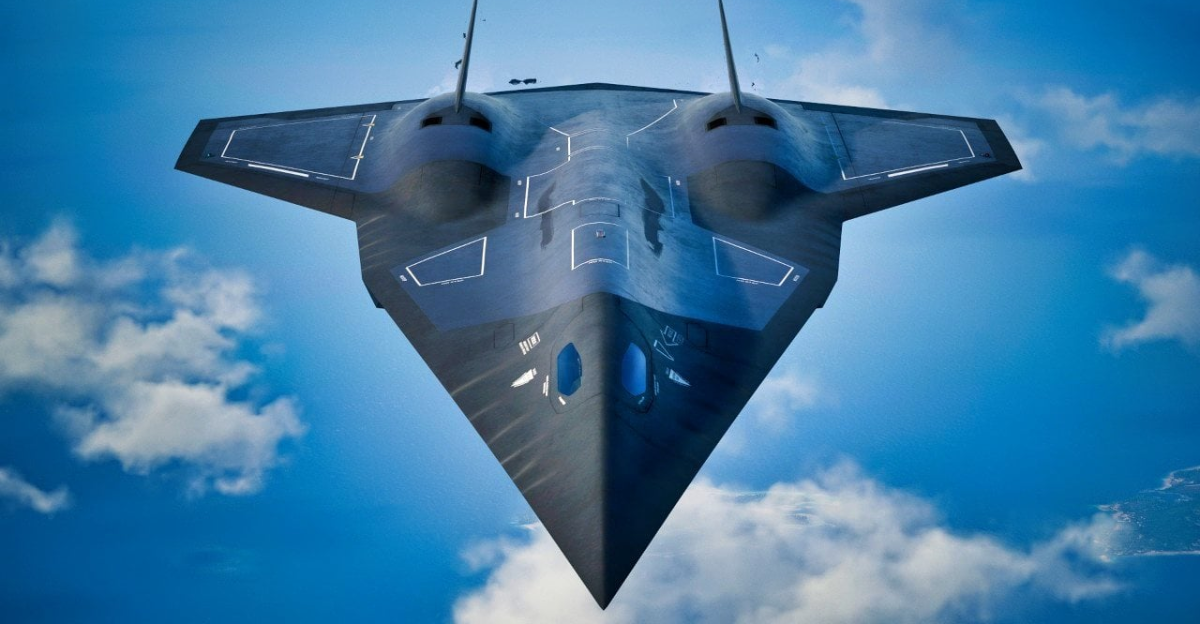
With previously unheard-of precision and portability, the new Army rifle known as the “Fly Trap” is revolutionizing counter-unmanned aerial system (C-UAS) warfare by destroying enemy drones. This rifle, which was created as part of the U.S.-UK joint project Project Flytrap, combines portable jamming devices with sophisticated AI-assisted optical sights to identify, track, and destroy enemy drones on the battlefield.
In addition to its technical excellence, the Fly Trap rifle represents a strategic concept that decentralizes air defense by giving frontline troops more control over the fight instead of big, costly platforms. Rapid response times and flexibility are ensured by this democratization of technology, which is essential in dynamic combat environments where drones can appear out of nowhere and disappear in an instant.
The Development of Counter-Drone Warfare and Its Historical Background

Armed forces have been forced to reconsider air defense as a result of the emergence of drones as tactical assets. Drones are the disruptive force reshaping combat today, while earlier innovations like the airplane and tank revolutionized warfare. Decades of technological advancement in robotic and remote-operated systems, which have progressively incorporated AI and autonomy, are the foundation for the Fly Trap rifle.
Reflecting a larger trend of battlefield robotization, Project Flytrap’s man-portable systems mark a significant shift toward decentralized, soldier-level engagement. This change is comparable to past military revolutions in which new technology democratized combat power, allowing smaller units to counter complex threats successfully. The introduction of the Fly Trap rifle marks a return to infantry-focused solutions, similar to the transition from cavalry to mechanized infantry, with the significance of electronic warfare.
The Project Flytrap’s Strategic Imperative

The urgent need to stop the widespread use of low-cost drones in asymmetric conflicts, such as the conflict between Russia and Ukraine, gave rise to Project Flytrap. Rapid detection and neutralization are necessary because these drones continue to threaten troops, infrastructure, and supply lines. By providing every soldier the ability to identify and jam drones, the Fly Trap rifle effectively transforms the battlefield into a contested airspace that is inhospitable to uncrewed aerial vehicles.
From a strategic standpoint, the Fly Trap rifle tackles a significant weakness revealed by contemporary conflicts: the ease with which adversaries can use drones to conduct precision strikes, direct artillery, or obtain intelligence with little danger to human life.
Innovations in Technology Underpinning the Fly Trap Rifle

The integration of the Pitbull jamming system and the Wingman drone detection kit forms the core of the Fly Trap system. Wingman, created by the Danish company MyDefence, uses earpieces to notify soldiers when it continuously searches the airways for UAV signals. Pitbull is a man-portable radio frequency jammer that interferes with video links and drone control within a 1,000-meter radius.
Multiple frequency bands can be targeted by Pitbull’s adaptive jamming, which defeats drones that try encryption or frequency hopping. In high-stress combat situations, the Smartshooter AI sight’s ability to track swift aerial targets using computer vision is crucial for maintaining aim stability and adjusting for soldier movement.
Effects on Enemy Forces: Tactical and Psychological

By making enemy drones vulnerable up close, the Fly Trap rifle creates a psychological shock factor that erodes adversaries’ trust in their UAV capabilities. Drone operators’ ISR and strike effectiveness are weakened by this constant threat, which forces them to either risk quick loss or give up on drone missions. Eliminating a significant force multiplier without the danger of collateral damage that comes with airstrikes changes the dynamics of the battlefield on a tactical level.
Beyond the immediate drone losses, the Fly Trap rifle’s psychological presence on the battlefield has a deterrent effect. The increased risk to their UAV assets must be taken into account by enemy commanders, who may decide to restrict drone use or impose expensive countermeasures.
Problems and Solutions for Counter-Drone Deployment

Electronic interference in complex environments, the requirement for quick soldier training, and possible enemy countermeasures like signal encryption or drone swarm tactics are some of the difficulties in deploying the Fly Trap rifle. Nonetheless, Project Flytrap’s iterative testing in international exercises, like those in Germany, has produced encouraging outcomes, proving the system’s usability and interoperability.
The fact that drone technology is constantly changing is one of the biggest obstacles. More advanced drones with encrypted communications, autonomous operation, and swarm tactics to overwhelm defenses are being developed by adversaries. To combat these threats, the Fly Trap rifle’s current capabilities must change, highlighting the significance of ongoing research and development as well as software upgrades.
Additional Military and Industrial Consequences

With firms like MyDefence and Smartshooter spearheading innovation, the Fly Trap rifle is a prime example of the increasing commercialization and privatization of defense technology. This trend speeds up capability development but also calls into question how to strike a balance between the interests of the private sector and the needs of the public military.
This relationship between the military and industry reflects a larger change in the way defense innovation takes place. Unlike government procurement cycles, which are typically slow, private firms’ agility and specialization enable rapid prototyping and deployment. However, this presents strategic and ethical issues, including possible intellectual property disputes and reliance on private organizations for vital defense capabilities.
The Triangle of “Drone Denial”

Consider the “Drone Denial Triangle”: detection, disruption, and destruction, to visualize the efficacy of the Fly Trap. Early troop alerts are provided by Wingman’s detection; Pitbull’s jamming breaks command links; and AI-assisted targeting with the Smartshooter sight permits destruction. This framework ensures a layered defense against UAV threats by emphasizing a comprehensive approach as opposed to one-stop fixes.
Future C-UAS doctrine and development can be guided by the Drone Denial Triangle, a conceptual model. It guarantees redundancy and resilience by highlighting the integration of detection, electronic disruption, and kinetic destruction. The other layers can compensate if one is compromised, such as when jamming fails to work against autonomous drones.
Lessons Learned from the Conflict in Ukraine

The strategic and tactical importance of drones and the pressing need for efficient countermeasures have been made abundantly clear by the ongoing conflict between Russia and Ukraine. Ukrainian advances in electronic warfare and kinetic interception have responded to Russian forces’ widespread use of inexpensive drones for reconnaissance and strikes.
Ukraine’s experience shows that drone warfare is not limited to high-tech nations; irregular and hybrid forces can also engage in it, which makes counter-drone solutions essential on a global scale. Ukrainian troops have shown adaptability but also highlighted capability gaps by improvising using commercial drones and electronic warfare kits. By offering a standardized, soldier-friendly system that integrates targeting, jamming, and detection, the Fly Trap rifle fills these gaps.
The Revolutionary Potential of the Fly Trap Rifle

The Fly Trap Army rifle redefines infantry capabilities in the drone era and is more than just a new weapon. It tackles the drone threat at its tactical core by providing soldiers with portable, AI-enhanced detection and jamming tools, promoting battlefield dominance and psychological advantage. Similar to significant advances in warfare, its development represents a larger military-technological revolution.
A new generation of soldier-centric technologies that integrate AI, electronic warfare, and kinetic effects into seamless combat systems may be inspired by the Fly Trap rifle’s success in the future. It also marks a change in military thinking, where command of airspace and the electromagnetic spectrum is just as important as conventional firepower. Beyond the battlefield, the rifle has an impact on alliance interoperability, defense policy, and procurement tactics.






